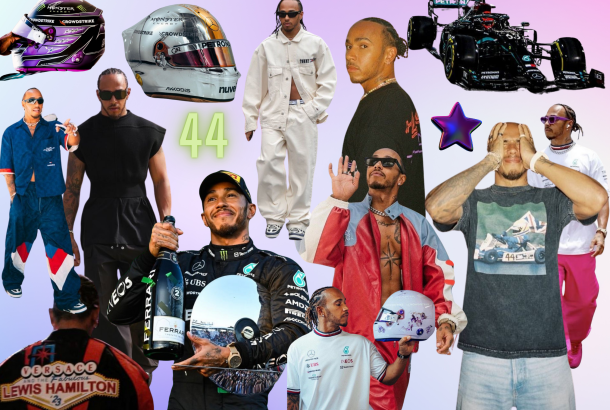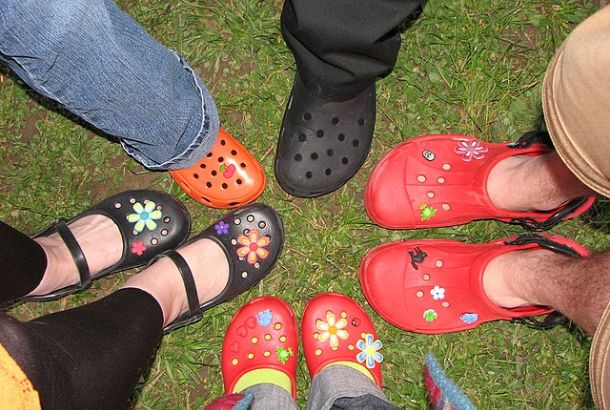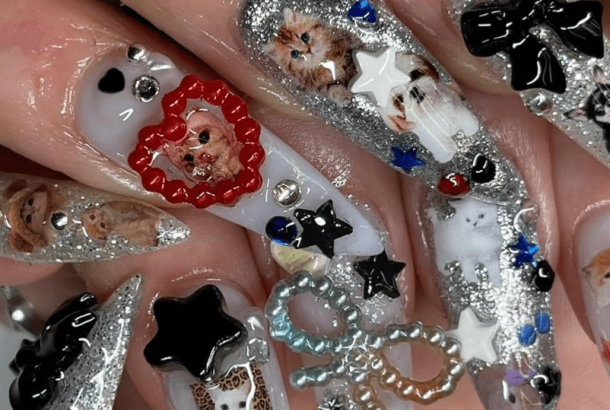How ethical is our fashion?
When I googled ‘ethical fashion’ I was greeted with a list… of lists. Helpful. These lists were, mainly, magazine compilations and websites that can help guide you to eco-friendly clothing companies. Worryingly, I noticed the absences of many of the big fashion names. Ethical seems to be a niche accessory to a fashion brand, rather than a standardised requirement.
When you delve a little deeper, there are certain known brands that offer more ethical options. For example, H&M has a ‘conscious’ collection, which they release a couple of times a season. This collection is relatively affordable but still more expensive than the majority of the other items that H&M sell.
Similarly, ASOS has the ASOS Africa collection, which is sold at a considerably higher price point than the rest of the ASOS own brand collection. I can only assume that this high price scares ASOS customers away, especially the increasingly poor students who just so happen to be scrolling through the “new-in” section.
It could be argued that, to an extent, having a sustainable section in a global corporation just highlights that the rest of the collection isn’t sustainable. If they can have an eco-friendly collection, why is the rest of the store not thus?
Truthfully, I believe it is because being eco-friendly doesn’t increase business. It may attract a certain clientele, but the majority of people don’t consider where their clothes come from, how much the workers get paid, or the effects that these clothes have on the environment. Don’t get me wrong, I’m not saying the general public don’t care, I’m just saying it’s not at the forefront of their minds.
While brands like Stella McCartney may show great pride that none of their products harm animals, this also offers them a niche in the high-end market. Those beautiful chain trimmed bags are all faux-leather, yet because of the brand they can still charge thousands. And in the high-end market, creating that uniqueness has grown business.
Even after a factory (allegedly a sweatshop) that supplied Primark collapsed in Bangladhesh in 2013, we all still shop there. Perhaps we are too accustomed to the low prices of fast, high-end copies to consider the ethics of the clothes. But the existences of sustainable lines, like the H&M ‘conscious’ collection, prove that people do care. Every year more companies introduce new Earth-friendly collections and procedures, so fear not, the fashion industry does appear to be trying.







